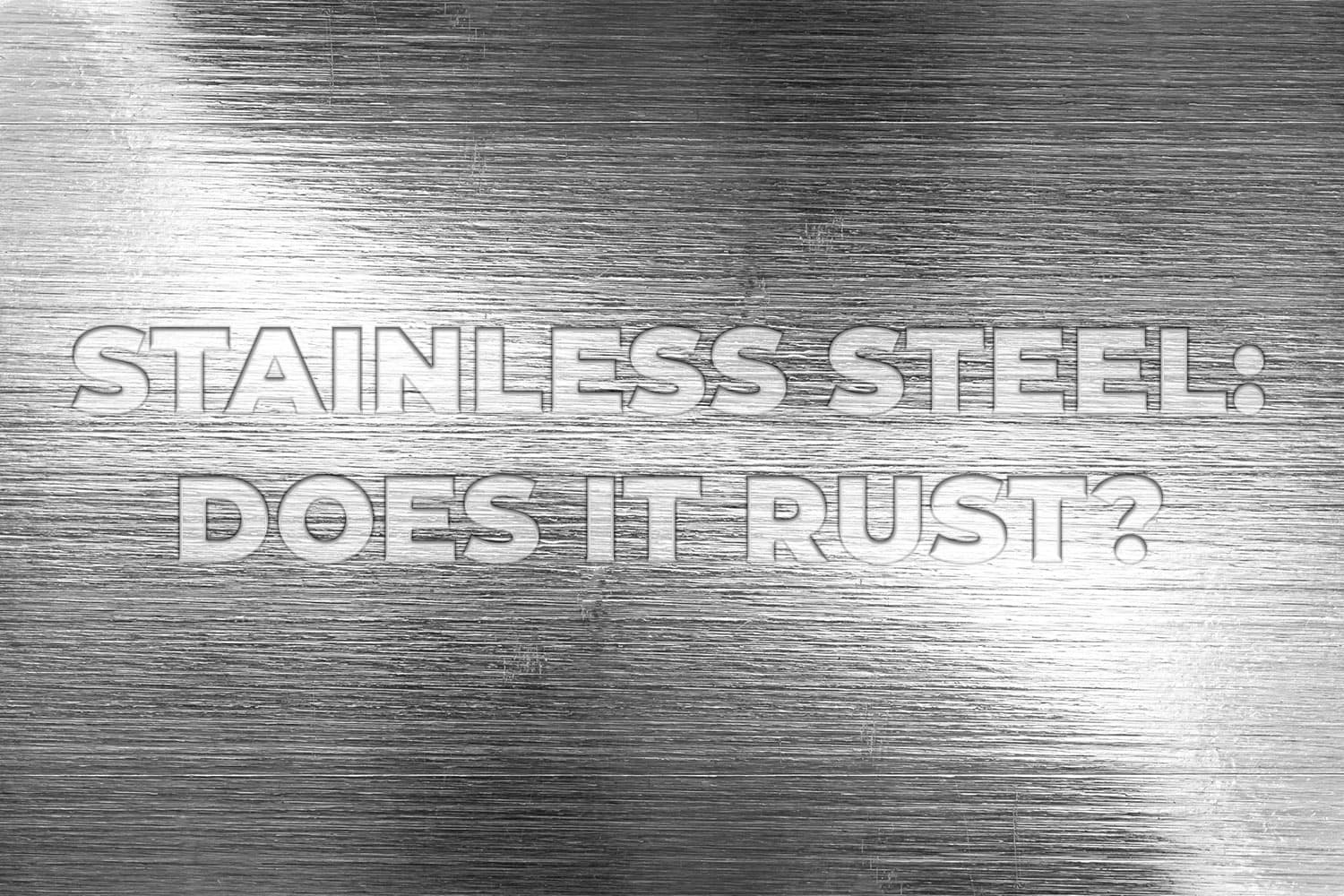The Science Behind Stainless Steel: Does it Rust?

Introduction
Stainless steel is celebrated for its remarkable resistance to corrosion and rust, which is a crucial attribute in industries ranging from construction to hydraulic systems. Understanding the science behind stainless steel’s rust-resistant properties provides valuable insights into its applications and limitations.
What is Stainless Steel?
Stainless steel is an alloy composed primarily of iron, with a minimum of 10.5% chromium. This addition of chromium is what distinguishes stainless steel from ordinary steel and is key to its corrosion resistance. Other elements, such as nickel, molybdenum, and nitrogen, may be added to enhance specific properties of the stainless steel, such as strength and resistance to pitting.
The Chromium Advantage
The primary factor that grants stainless steel its rust resistance is the chromium content. When exposed to oxygen, chromium forms a thin, invisible layer of chromium oxide on the surface of the steel. This passive layer is highly stable and adheres firmly to the metal, protecting it from further oxidation. Unlike iron oxide, which flakes off and exposes fresh iron to further corrosion, chromium oxide remains intact and prevents the steel beneath from rusting.
Types of Stainless Steel
Stainless steel is not a single entity but a family of alloys. The different types of stainless steel, classified into series like 200, 300, and 400, have varying compositions that suit different environments and applications.
- Austenitic Stainless Steel (300 series): This type contains high levels of chromium and nickel, offering excellent corrosion resistance and good formability. It is non-magnetic and commonly used in kitchen appliances, piping, and marine environments.
- Ferritic Stainless Steel (400 series): Containing only chromium, this type is magnetic and less corrosion-resistant than austenitic stainless steel. It is often used in automotive and industrial applications.
- Martensitic Stainless Steel: Known for its high strength and hardness, this type contains moderate chromium and is magnetic. It is used in applications like cutlery and surgical instruments.
Conditions for Rusting
Despite its impressive corrosion resistance, stainless steel is not completely immune to rust. Under certain conditions, the protective chromium oxide layer can be compromised, leading to rust formation. These conditions include:
- Exposure to Chlorides: Chloride ions, found in saltwater and de-icing salts, can penetrate the chromium oxide layer and cause pitting corrosion. This is why stainless steel used in marine environments often contains additional elements like molybdenum to enhance its resistance.
- High Temperatures: Prolonged exposure to high temperatures can deplete the chromium in stainless steel, weakening the protective layer and making the steel more susceptible to oxidation and corrosion.
- Mechanical Damage: Scratches or abrasions can damage the chromium oxide layer, exposing the underlying steel to environmental factors that cause rust.
Enhancing Corrosion Resistance
To maximize the rust-resistant properties of stainless steel, several practices can be employed:
- Proper Alloy Selection: Choosing the appropriate type of stainless steel for the environment it will be used in is crucial. For instance, austenitic stainless steel with molybdenum is preferred in marine environments.
- Surface Treatments: Passivation, which involves treating the steel with an acid solution to remove contaminants and enhance the chromium oxide layer, can significantly improve corrosion resistance.
- Regular Maintenance: Routine cleaning and maintenance can prevent contaminants from building up on the surface and damaging the protective layer.
Conclusion
Stainless steel’s resistance to rust is a product of its unique chemical composition and the formation of a protective chromium oxide layer. While stainless steel is highly resistant to rust, understanding its limitations and the conditions that can lead to corrosion is essential for optimizing its use in demanding environments. Through proper selection, treatment, and maintenance, the advantages of stainless steel can be fully realized, ensuring the durability and reliability of hydraulic systems and components.